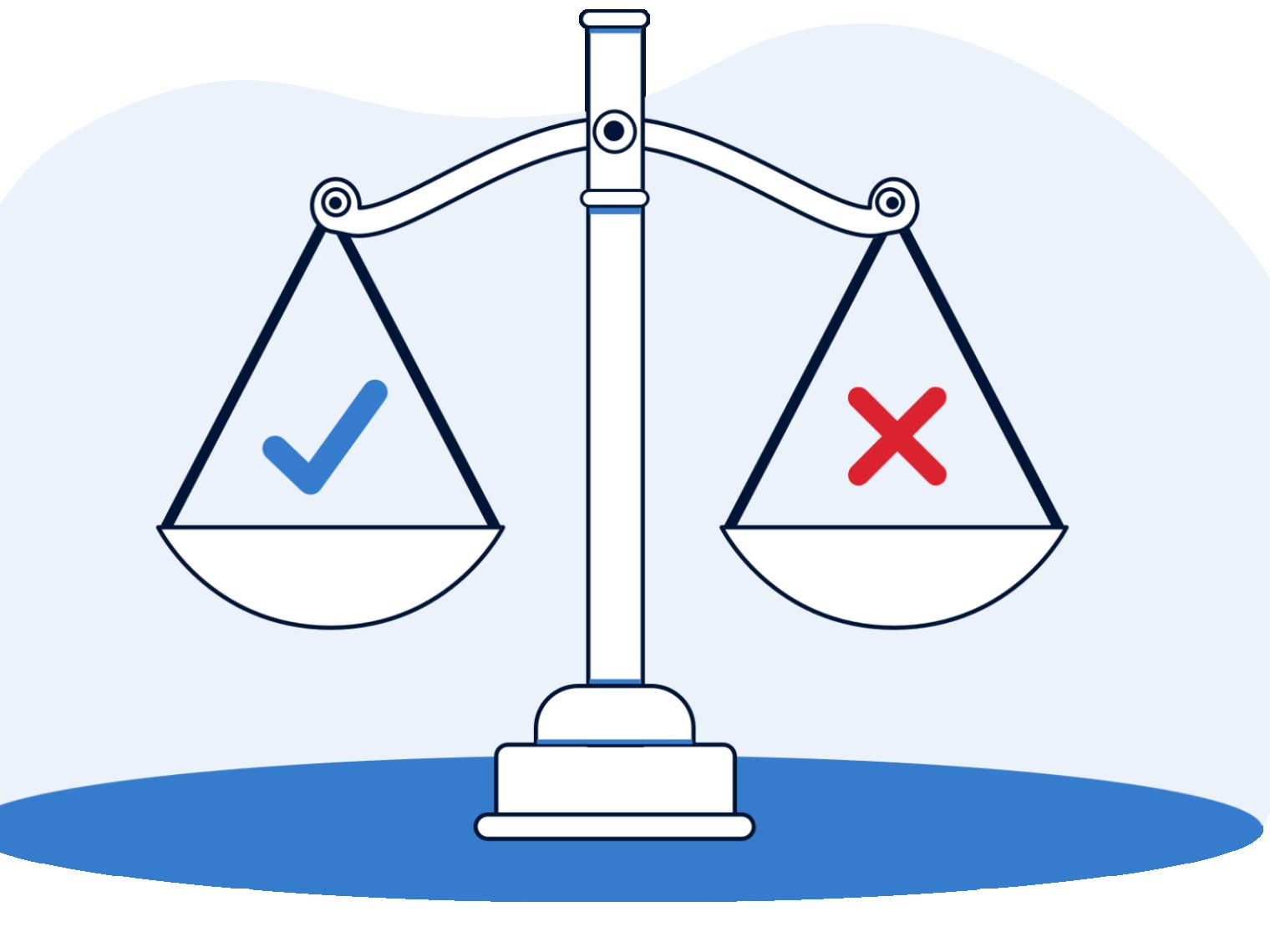Black Veterans have higher homeownership rates than Black non-Veterans, and the difference in homeownership rates between white and Black Veterans is considerably smaller than the gap between white and Black civilians, according to a review of five years’ worth of Census data.
Military service is helping shrink the homeownership gap for communities of color.
Black Veterans have higher homeownership rates than Black non-Veterans, and the difference in homeownership rates between white and Black Veterans is considerably smaller than the gap between white and Black civilians, according to a review of five years’ worth of Census data.
The homeownership rate gap between Black and white Veterans was 16.6 percentage points in 2021, compared to a nearly 30-percentage point gap between Black and white civilians.
Veteran Homeownership Rate
| Year | White | Black | Difference in Percentage Points |
|---|---|---|---|
| 2021 | 81.3% | 64.7% | 16.6 |
| 2020 | 80.8% | 60.6% | 20.2 |
| 2019 | 78.3% | 58.7% | 19.6 |
| 2018 | 78.2% | 57.5% | 20.7 |
| 2017 | 78.2% | 58.3% | 19.9 |
| Average | - | - | 19.4 |
No Military Service Homeownership Rate
| Year | White | Black | Difference in Percentage Points |
|---|---|---|---|
| 2021 | 71.76% | 42.1% | 29.7 |
| 2020 | 71.18% | 41.7% | 29.5 |
| 2019 | 68.52% | 40.2% | 28.4 |
| 2018 | 68.4% | 39.7% | 28.7 |
| 2017 | 68.2% | 39.7% | 28.5 |
| Average | - | - | 29 |
A key reason is access to the VA home loan program, which allows qualified Veterans to purchase without a down payment or the need for sky-high credit scores. This historic benefit program is helping cut through some of the challenges Black consumers can face when it comes to building assets and accessing mortgage credit.
Over the next two decades, the VA expects a 12% to 15% increase in the Black Veteran population, the largest increase among all racial and ethnic groups. As this population continues to grow, their impact on bridging the racial homeownership gap will be life-changing for future generations.
“Black Veterans and service members are playing an increasingly vital role in the health and stability of this nearly 80-year-old benefit program,” said Chris Birk, vice president of mortgage insight at Veterans United Home Loans. “More importantly, Black Veterans and their families are unlocking opportunities to build generational wealth and narrow financial divides wrought by decades of unequal access to credit.”
Big Growth & Gains for Black Millennial Veterans
Homeownership rates have surged in recent years among younger Black Veterans and service members especially.
Over that five-year period, Black Millennial Veterans had the highest average year-over-year growth in homeownership rate (8.6%) of any Veteran demographic. That average annual growth was higher than the average for white Millennial Veterans (7.8%). However, there's an indication in the data that younger Black Veterans access homeownership at an inconsistent or lower rate compared to their civilian counterparts. Knowledge and exposure to benefits such as the VA home loan program can help smooth out inconsistencies by sustainably increasing homeownership.
The average annual growth is reflected in the outsized role younger buyers are playing within VA lending. Just over half (52%) of all VA purchase loans in Fiscal Year 2021 went to Millennial and Generation Z Veterans, according to national VA loan data.
The Black Veteran homeownership rate remains consistently higher than the rate for Black civilians, too.
Black Homeownership Rates
| Year | Veterans | No Military Service | Difference in Percentage Points |
|---|---|---|---|
| 2021 | 64.7% | 42.1% | 22.7 |
| 2020 | 60.6% | 41.7% | 18.9 |
| 2019 | 58.7% | 40.2% | 18.5 |
| 2018 | 57.5% | 39.7% | 17.8 |
| 2017 | 58.3% | 39.7% | 18.6 |
| Average | - | - | 19.3 |
While the VA loan benefit is a big part, military service helps boost access to homeownership in other key ways.
Active duty service means having stable, reliable income that’s likely to continue, which is key for mortgage underwriting. Many Black service members transition out of the military with skills and training that civilian employers covet.
In 2021, the average household income for Black households ages 35 to 54 was $98,057 for Veterans and $98,557 for active duty, compared to $73,840 for Black households with no military service, according to Census data.
The wealth gap between white and Black households was also significantly narrower based on military service.
Challenges Persist
To be sure, Black homebuyers – Veteran or civilian – can face a host of institutional barriers and fiscal challenges.
There’s a history of racial discrimination within government-backed mortgage programs, including VA lending. Black Veterans had unequal access to their VA loan benefit for decades after its creation, limiting an opportunity to build generational wealth for countless Veterans and military families.
The average white family has eight times the wealth of the average Black family, according to a Federal Reserve survey in 2019.
“The VA home loan benefit was created to help even the playing field for GIs returning from World War II,” said Kaleth Wright, the 18th Chief Master Sergeant of the U.S. Air Force and a military advisor for Veterans United. “However, many Black Veterans who honorably served their country in World War II, Korea, and Vietnam were denied access to their benefit. It was made worse by redlining, disparate access to credit, and the undervaluation of homes that have existed in Black communities. Improvements to the program over the years have greatly increased access to minority veterans and service members. In fact, current numbers show military service can be a key to building generational wealth for African American Veterans and their families."
Home lending discrimination didn’t become illegal until the Fair Housing Act was passed in 1968. The act and later legislation might have curbed overt housing discrimination, but new forms (such as reverse redlining) persist to this day.
A recent Zillow report found the mortgage denial rate for Black consumers was 84% higher than for white consumers in 2020, up 10 percentage points from just a year prior. Having poor or insufficient credit was the most common reason for denial.
“An understanding of credit is essential and affects the ability to secure employment, housing, insurance, loans, and even transportation,” said Jaresha Campbell, associate director of capital markets at Veterans United Home Loans. “Many companies refer to your credit history as an indicator of how you have managed debt in the past. It suggests the likelihood of you making payments on time in the future.”
The role military service plays in narrowing the racial homeownership gap is helping shift some of these generational narratives. There’s still a lot of work to be done, but today’s VA loan program is closer than ever to fully living up to its original promise to Black Veterans and their families.
Military advisors are paid employees of Veterans United.
How We Maintain Content Accuracy
Veterans United often cites authoritative third-party sources to provide context, verify claims, and ensure accuracy in our content. Our commitment to delivering clear, factual, and unbiased information guides every piece we publish. Learn more about our editorial standards and how we work to serve Veterans and military families with trust and transparency.
Related Posts
-
 VA Renovation Loans for Home ImprovementVA rehab and renovation loans are the VA's answer to an aging housing market in the United States. Here we dive into this unique loan type and the potential downsides accompanying them.
VA Renovation Loans for Home ImprovementVA rehab and renovation loans are the VA's answer to an aging housing market in the United States. Here we dive into this unique loan type and the potential downsides accompanying them. -
 Pros and Cons of VA LoansAs with any mortgage option, VA loans have pros and cons that you should be aware of before making a final decision. So let's take a closer look.
Pros and Cons of VA LoansAs with any mortgage option, VA loans have pros and cons that you should be aware of before making a final decision. So let's take a closer look.

